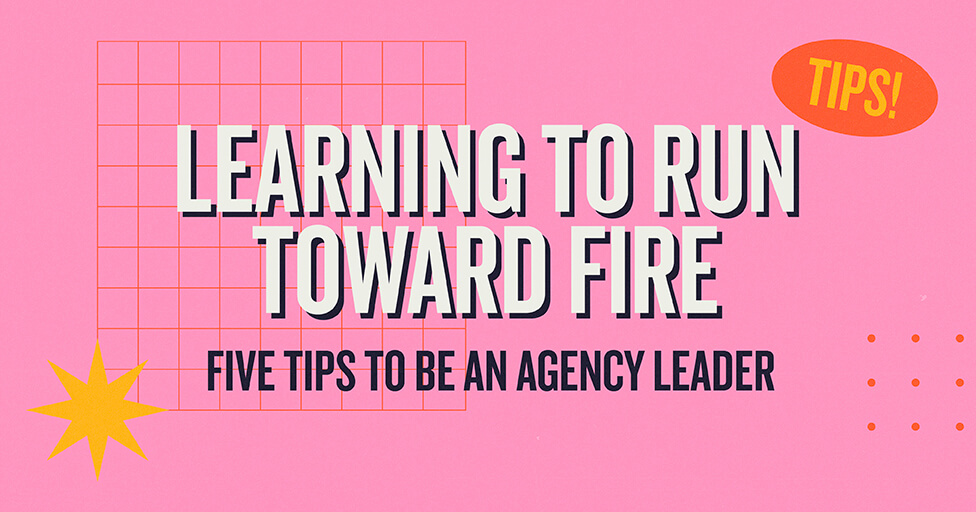
Repeat after me: location, location, location.
In the healthcare industry, location is everything. Consumers are looking for access points in close proximity to where they live or work. Marketers are looking to limit waste, stretch budgets, and reach receptive audiences. Location data has been a hot topic in the digital space for years now, but the way we leverage that location data is always evolving.
You know your patients aren’t traveling hundreds of miles for a checkup or flu shot (if they can help it), so using geography to map the consumer journey of your target audience will help you reach the right people in the right place. Tactics like geofencing make it easy for marketers to reach a more segmented audience. But what exactly is geofencing? Glad you asked. Imagine drawing a virtual box, or whatever shape you prefer, around a location of your choice to discover consumers that fit your demographic criteria, while excluding those who don’t, to message them in real time or at a later moment. The boundary you create is your geofence, capturing those consumers to serve ads on their desktop, tablet, or mobile device while they are browsing the web.
As you develop marketing strategies, here are three questions to ask yourself when using geography to target your audience:
1. Who is your audience and where are they?
When identifying who your target audience is, it’s important to look not just at their online behavior but their offline behavior, too.
You already know the demographics of your audience, now it’s time to take a step back and take a look at your target audience’s historical location data. Understanding how the consumer spends time in the real world, where he lives, shops, works, etc., lends a helpful hand in the planning process. By mapping the consumer’s offline journey to glean insights on consumer behavior, marketers can determine a messaging strategy to best engage your audience given their location. For example, Sally is at the farmers’ market so let’s serve her some healthy recipe tips. Sally is now picking up kids from summer camp? Let’s serve her a reminder for back-to-school checkups.
2. How far is too far?
Now that you know where your consumer lives and understand their behavior, it’s important to target them in the right place.
There’s no point in messaging your target while they’re on vacation hundreds of miles away, right? Right. Leveraging real-time location data to reach your audience in the right place helps reduce wasted impressions and, ultimately, spend. Dynamic location creative is a strategic way to deliver a customized message to your audience. While she’s searching the web for tips to cure an ear infection, why not serve a digital ad that tells her the exact distance to your walk-in clinic? With real-time location data, you can.
3. Where are your competitors?
Setting up a geofence around your business is a great step, but it doesn’t end there.
Geofencing your hospital is an effective way to generate awareness about different service lines or to distribute content to current patients. But geofencing your competitors is a great way to reach potential patients. This is called competitive conquesting and can be used in a number of ways. For example, you can reach your audience in real time while they’re sitting in a competitor’s wait room. Evil? Kind of.
In summary, it’s all about location, location, location. So take advantage of the accessible data and engage your audience wherever they are. More questions? I thought you might ask. Reach out to your friends at MBB. We’d love to answer any and all your questions!
Subscribe to our newsletter
Get our insights and perspectives delivered to your inbox.


